Table of content
Chestnuts, often referred to as the “grain of the gods,” have been a culinary staple across cultures for centuries. Revered for their sweet, nutty flavor and versatile applications, these nuts thrive in temperate climates and are harvested in autumn. While fresh chestnuts are a delight, drying them properly unlocks a longer shelf life and concentrates their natural sugars, resulting in a richer, more intense taste. This article explores the science and craft of drying chestnuts, offering step-by-step guidance to ensure your harvest retains its delicious essence while avoiding common pitfalls.
Why Dry Chestnuts?
Drying is a preservation method as old as civilization itself, and chestnuts are no exception. When fresh, chestnuts contain up to 50% water, making them perishable within weeks if not stored correctly. By reducing moisture content to below 10%, drying inhibits microbial growth, prevents spoilage, and transforms the nut’s texture into a chewy, caramelized treasure. Properly dried chestnuts can last for months when stored in airtight containers, and their flavor deepens over time—a testament to the magic of patience.
Selecting the Perfect Chestnuts
The journey to perfectly dried chestnuts begins with careful selection. Opt for fresh, unblemished nuts still in their protective burrs (the spiky outer husk). Avoid specimens with cracks, mold, or insect holes, as these defects accelerate spoilage during drying. If purchasing pre-shelled chestnuts, ensure they are firm, glossy, and devoid of a rancid smell—a sign of lipid oxidation.
Preparation: The Key to Success
Before drying, chestnuts require minimal processing to ensure even moisture removal and prevent spoilage:
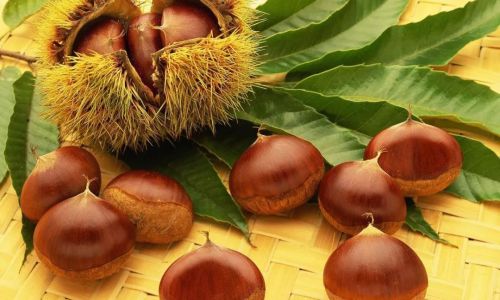
- Cleaning: Gently brush off dirt or debris using a soft brush. Avoid washing, as excess moisture can delay drying.
- Scoring: Use a sharp paring knife to cut an “X” into the flat side of each chestnut. This step is critical—it allows steam to escape during drying, preventing the nuts from bursting and ensuring uniform dehydration.
- Blanching (Optional): Some enthusiasts prefer blanching chestnuts in boiling water for 1–2 minutes before drying. This softens the shell and peel, making removal easier post-drying. However, skip this step if you aim to retain the shell for decorative purposes or slow roasting.
Drying Methods: From Sun to Oven
Sun-Drying (Traditional Method)
Sun-drying harnesses natural heat and airflow, making it an eco-friendly and cost-effective technique. However, it requires consistent sunshine and low humidity—ideal in arid climates.
- Steps:
- Spread scored chestnuts in a single layer on a wooden tray or breathable mesh screen.
- Place the tray in a sunny spot, elevated to allow air circulation. Cover with cheesecloth to protect against pests.
- Stir the nuts every 2–3 hours to promote even drying.
- Sun-dry for 5–7 days until the nuts feel lightweight and rattle when shaken.
- Pro Tip: Monitor weather forecasts religiously. Even a single rainy day can introduce moisture, risking mold.
Oven-Drying (Speed and Control)
For those in humid regions or short on time, ovens offer precise temperature control.
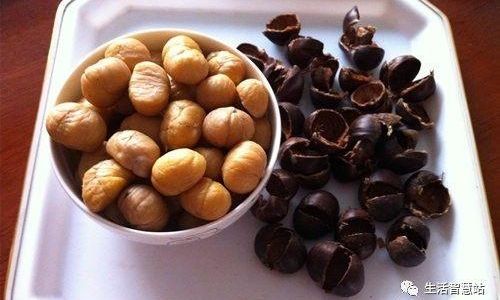
- Steps:
- Preheat the oven to 60–70°C (140–160°F). Higher temperatures risk cooking rather than drying.
- Arrange scored chestnuts on a baking sheet lined with parchment paper.
- Leave the oven door slightly ajar to release steam.
- Bake for 6–8 hours, flipping every 2 hours. The nuts are ready when their shells recoil slightly, and the kernels shrink.
- Pro Tip: Use a convection oven for enhanced airflow, reducing drying time by up to 30%.
Food Dehydrator (Consistency Guaranteed)
Dehydrators are the gold standard for uniform drying, though they require an upfront investment.
- Steps:
- Set the dehydrator to 55–60°C (130–140°F).
- Layer chestnuts on trays, ensuring they don’t touch.
- Dry for 12–24 hours, checking periodically. The duration varies by dehydrator wattage and chestnut size.
- Pro Tip: Rotate trays every 4 hours to mitigate temperature inconsistencies.
Air-Drying (Low-Effort Approach)
A hybrid of sun and oven drying, air-drying relies on ambient conditions.
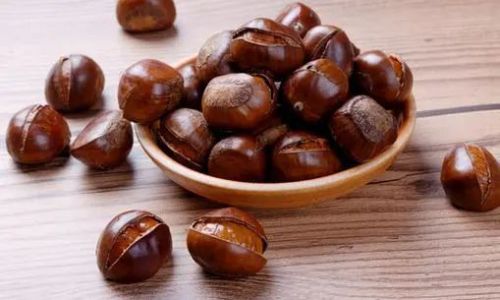
- Steps:
- Hang scored chestnuts in a muslin bag or mesh produce bag in a dry, well-ventilated area.
- Avoid basements or attics, where temperature fluctuations are common.
- Allow 2–3 weeks for complete drying.
- Pro Tip: Pair this method with a fan to accelerate airflow.
Testing for Doneness
Over-drying renders chestnuts brittle and tasteless, while under-drying risks spoilage. Master the art of doneness testing:
- Texture Check: The nut should feel hard but not brittle. When shaken, the kernel should rattle slightly inside the shell.
- Weight Test: Compare a dried chestnut to its fresh counterpart. Dried nuts lose 60–70% of their original weight.
- Taste Test: Peel a nut and sample it. The flesh should be chewy, sweet, and devoid of raw bitterness.
Storage: Preserving Your Bounty
Proper storage is the final frontier in chestnut preservation:

- Containers: Use glass jars with airtight lids or vacuum-sealed bags. Avoid plastic, which traps residual moisture.
- Conditions: Store in a cool, dark place (10–15°C / 50–59°F). Refrigeration extends shelf life to 12 months; freezing to 2 years.
- Rehydration: Soak dried chestnuts in warm water for 2–3 hours before cooking to restore plumpness.
Culinary Applications: Beyond the Basic
Dried chestnuts are a chef’s secret weapon, adding depth to both sweet and savory dishes:
- Roasted Snacks: Rehydrate, roast with olive oil and rosemary, and serve as a crunchy appetizer.
- Soups and Stews: Simmer dried chestnuts in broth until tender for a hearty base.
- Flour: Grind dried nuts into gluten-free flour for pancakes, bread, or pasta.
- Desserts: Infuse milk with dried chestnuts to create a silky base for ice cream or mousse.
Troubleshooting Common Issues
- Mold: Discard affected nuts immediately. Mold thrives in humidity, so ensure thorough drying.
- Uneven Drying: Rotate nuts frequently and avoid overcrowding trays.
- Insect Infestation: Freeze chestnuts for 48 hours post-drying to kill larvae.
The Verdict: Patience Rewarded
Drying chestnuts is a labor of love, demanding time and attention but yielding unparalleled rewards. Whether you prefer the rustic charm of sun-drying or the precision of a dehydrator, the end result is a pantry staple that bridges seasons. So, this autumn, as leaves fall and fires crackle, embrace the ancient ritual of chestnut preservation—your future self will thank you with every sweet, earthy bite.

Final Tip: Experiment with hybrid methods. For instance, sun-dry for 3 days, then finish in a dehydrator to balance flavor and efficiency. The perfect chestnut is not just dried—it’s a testament to your craftsmanship.
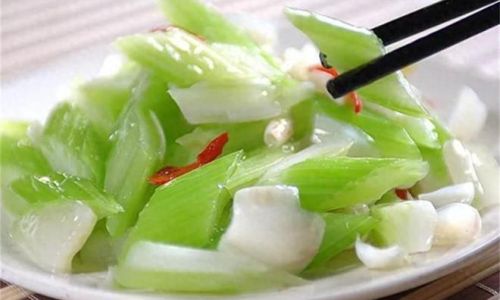
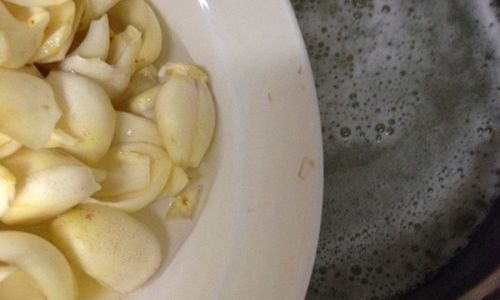
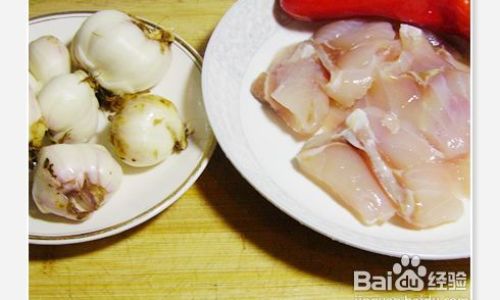



0 comments